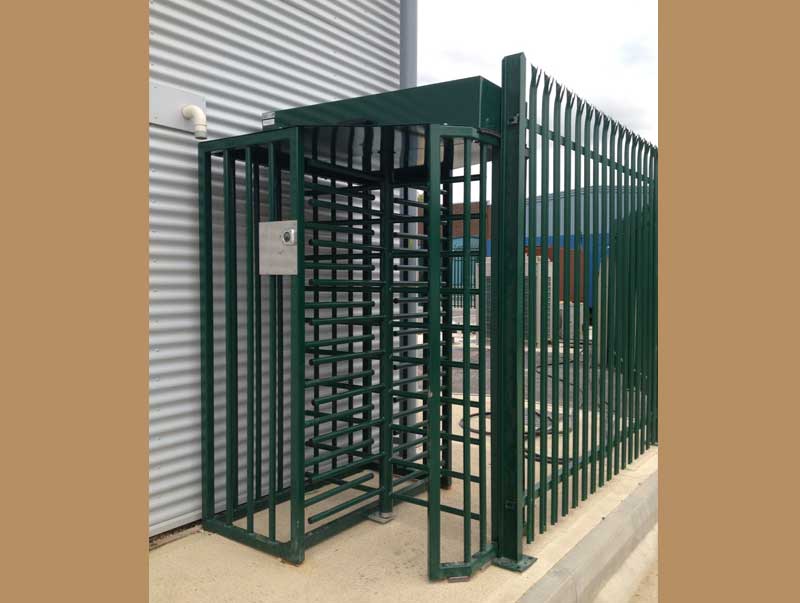
Turnstiles and Accessibility: Ensuring Safe Passage for All
Navigating through urban spaces should be a seamless experience for everyone.
Yet, for individuals with disabilities, it can often be a challenge.
Turnstiles, a common feature in many urban environments, can either facilitate or hinder this process.
In this guide, we’ll explore how accessible turnstiles can ensure safe and efficient passage for all, while maintaining high security standards.

Understanding Accessible Turnstiles
Accessible turnstiles are designed to allow easy passage for all individuals.
This includes those with disabilities, who may use mobility aids or require additional space.
By meeting specific design standards, these turnstiles ensure that urban environments are inclusive and navigable for everyone.
The Importance of ADA Compliance in Turnstile Design
The Americans with Disabilities Act (ADA) sets the bar for accessible design.
Turnstiles must meet these standards to be compliant.
This ensures that everyone, regardless of their physical abilities, can use these access points safely and efficiently.
Types of Accessible Turnstiles and Their Features
Turnstiles come in various forms, each with its own set of accessibility considerations.
For instance, tripod turnstiles are common but may pose challenges for wheelchair users.
On the other hand, full-height turnstiles offer high security but may not be as accessible.
Motorized turnstiles are a great option as they require less physical effort to operate. Here are a few types to consider:
- Tripod turnstiles
- Full-height turnstiles
- Optical turnstiles
- Motorized turnstiles
Integrating Turnstiles with Other Security Measures
Turnstiles can be part of a multi-layered security approach. They can work in tandem with surveillance systems and security personnel to enhance safety.
Moreover, integrating turnstiles with technologies like card readers and biometrics can boost both accessibility and security.
Regular maintenance and testing of these systems ensure they remain functional and effective in managing traffic flow.
Best Practices for Turnstile Placement and User Guidance
Strategic placement of turnstiles can maximize their effectiveness. It’s important to ensure they don’t disrupt the urban aesthetic or flow.
Proper signage and visual cues are crucial to guide users through turnstile entry points. This helps to prevent confusion and maintain smooth traffic flow.
Training staff on the operation and accessibility features of turnstiles can also improve the user experience. This ensures that assistance is readily available when needed.
Choosing the Right Turnstile Supplier for Accessibility Needs
Choosing a reputable turnstile supplier is key. They should have a track record of providing reliable and accessible products.
It’s also beneficial if the supplier offers customization options. This allows for specific accessibility and security needs to be met effectively.
Conclusion: The Role of Turnstiles in Creating Inclusive Urban Spaces
Turnstiles play a crucial role in creating inclusive urban spaces. They ensure safe and efficient passage for all individuals, including those with disabilities.
By integrating accessible turnstiles into urban planning, we can create environments that are both secure and welcoming for everyone.